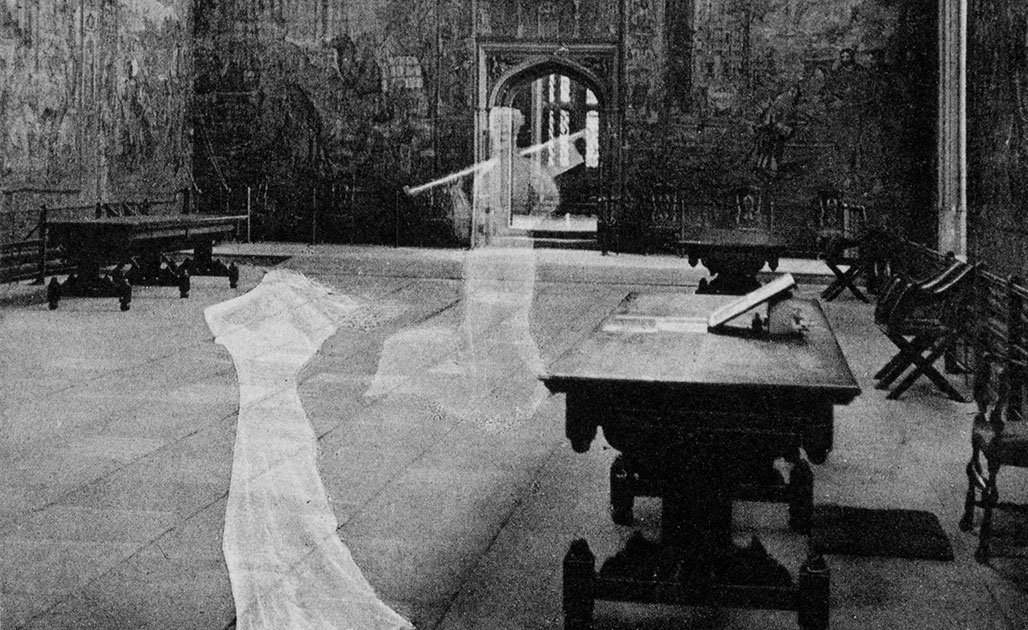Spooky tales of encounters at Hampton Court Palace with the screaming ghost of Catherine Howard, one of Henry VIII’s wives who lost her head – literally – have circulated for centuries. So have spooky tales of encounters with the ghost of George Washington at his mansion in Mount Vernon. Below are twenty five things about those and other spooky facts and legends from history.
The Spooky Screaming Ghost of a Beheaded Queen

Catherine Howard (circa 1524 – 1542) was the fifth wife of King Henry VIII. It was a March-September match, as Henry married her when she was a teenage girl and he was a fat middle aged (or by the era’s standards, plain old) man. Long and short of it, although Catherine was quite pleased at first to become queen, Henry wasn’t exactly a physical specimen that sets young girls’ hearts aflutter. So the young queen sought love and romance elsewhere. It was a bad move. One would think that Catherine would have been especially aware of the risks. After all, her hubby had chopped off the head of his second wife (and Catherine’s cousin) Anne Boleyn just a few years earlier on a trumped up charge of infidelity.

Catherine’s infidelity was anything but trumped up. When the king found out what she had been up to, her fate and that of her lovers was sealed. When she was arrested at the royal residence, Hampton Court Palace, Catherine did not go quietly. She broke free of the guards, and ran through a gallery, screaming and shrieking for the king’s mercy. Henry was nowhere near and didn’t hear her. It is unlikely that he would have been merciful if he had. Catherine was tried for treason and adultery, convicted, and beheaded in 1542, aged nineteen. In the centuries since, numerous visitors to Hampton Court have reported spooky encounters with the ghost of Catherine Howard, as it ran screaming through what came to be known as the Haunted Gallery.

